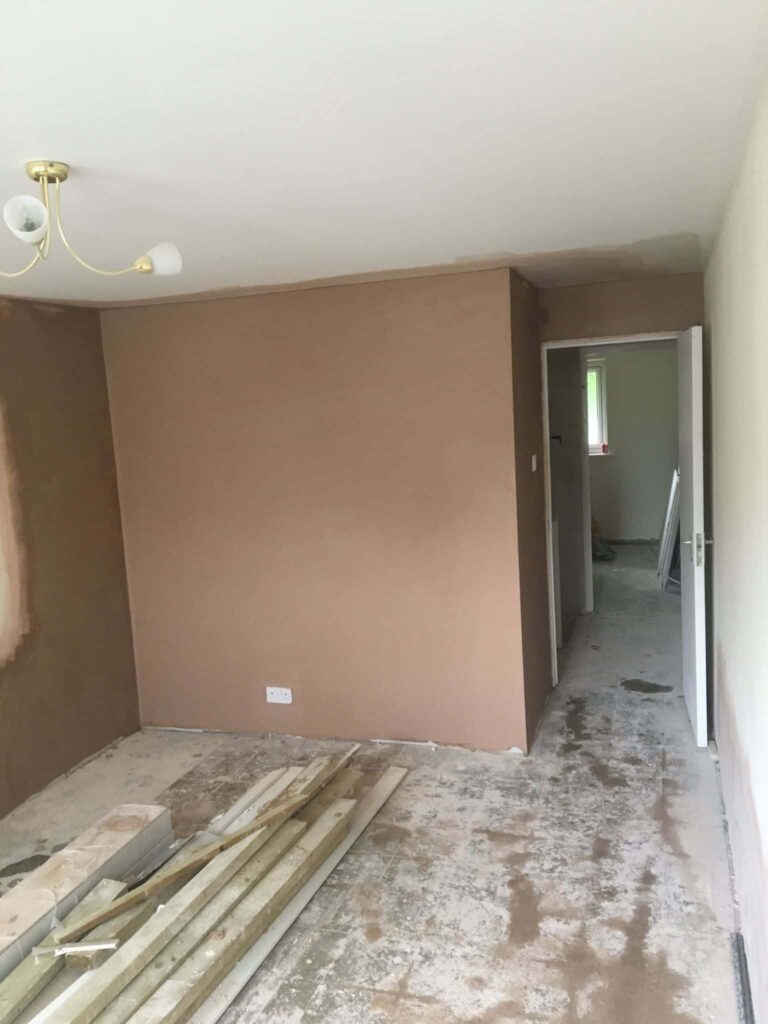Sealing the Gaps: How Plastering Enhances Home Insulation for Energy Efficiency
Introduction: Insulation is often at the top of mind when enhancing energy efficiency in homes. However, one aspect of home improvement that is sometimes overlooked is plastering. While plastering is traditionally associated with aesthetics, it also plays a crucial role in improving home insulation. By sealing gaps, filling cracks, and providing an additional layer of thermal resistance, plastering can help homeowners create a more comfortable and energy-efficient living environment. This guide will explore how plastering can improve home insulation and contribute to energy efficiency.
Sealing Gaps and Cracks:
- One of the primary benefits of plastering for energy efficiency is its ability to seal gaps and cracks in walls and ceilings. Over time, walls can develop small gaps and cracks due to settling, temperature fluctuations, and general wear and tear. These gaps allow warm air to escape in the winter and cool air to infiltrate in the summer, leading to energy loss and increased utility bills. Plastering fills these gaps, creating a tight seal and reducing air leakage, which helps maintain indoor temperatures and reduces the workload on heating and cooling systems.
Adding Thermal Mass:
- Plastering adds thermal mass to walls, which helps regulate indoor temperatures and reduce temperature fluctuations. Thermal mass refers to the ability of a material to absorb, store, and release heat over time. Plaster has a higher thermal mass than other wall finishes, such as drywall or wallpaper. It can absorb heat during the day and release it slowly at night, helping maintain a more stable indoor climate and reducing the need for heating and cooling.
Enhancing Insulation:
- In addition to sealing gaps and providing thermal mass, plastering can also enhance insulation properties. Plaster can be mixed with insulating additives such as perlite or vermiculite to improve thermal resistance. These additives create air pockets within the plaster, which act as insulators, reducing heat transfer through the walls and improving overall energy efficiency. Additionally, plastering over existing insulation materials such as fibreglass or foam board can help protect and reinforce the insulation, maximising its effectiveness.
Improving Sound Insulation:
- In addition to thermal insulation, plastering can improve sound insulation properties in homes. Plaster absorbs sound vibrations more effectively than other wall finishes, reducing noise transmission between rooms and from external sources. By creating a quieter and more peaceful indoor environment, plastering can enhance homeowners’ comfort and quality of life while also contributing to energy efficiency by reducing the need for soundproofing measures such as double-glazed windows or panels.
Aesthetic Appeal:
- Beyond its practical benefits for energy efficiency, plastering also offers aesthetic advantages. Plaster finishes provide a smooth, seamless surface that can be painted or decorated to suit any style or décor preference. Whether homeowners prefer a classic, traditional look or a modern, minimalist aesthetic, plastering offers versatility and timeless appeal. By investing in plastering for energy efficiency, homeowners can enhance their living spaces’ comfort and beauty.
Conclusion: Plastering is crucial in improving home insulation and enhancing energy efficiency. By sealing gaps, adding thermal mass, enhancing insulation, improving sound insulation, and providing aesthetic appeal, plastering offers a range of benefits for homeowners seeking to create a more comfortable, efficient, and sustainable living environment. Whether renovating an older home or building a new one, consider the energy-saving potential of plastering as a cost-effective and environmentally friendly solution for improving home insulation. With plastering, homeowners can enjoy greater comfort, lower energy bills, and a more beautiful home for years.
Call us on: 01298 608 485
Click here to find out more about Buxton Plastering
Click here to complete our contact form and see how we can help with your plastering needs.

